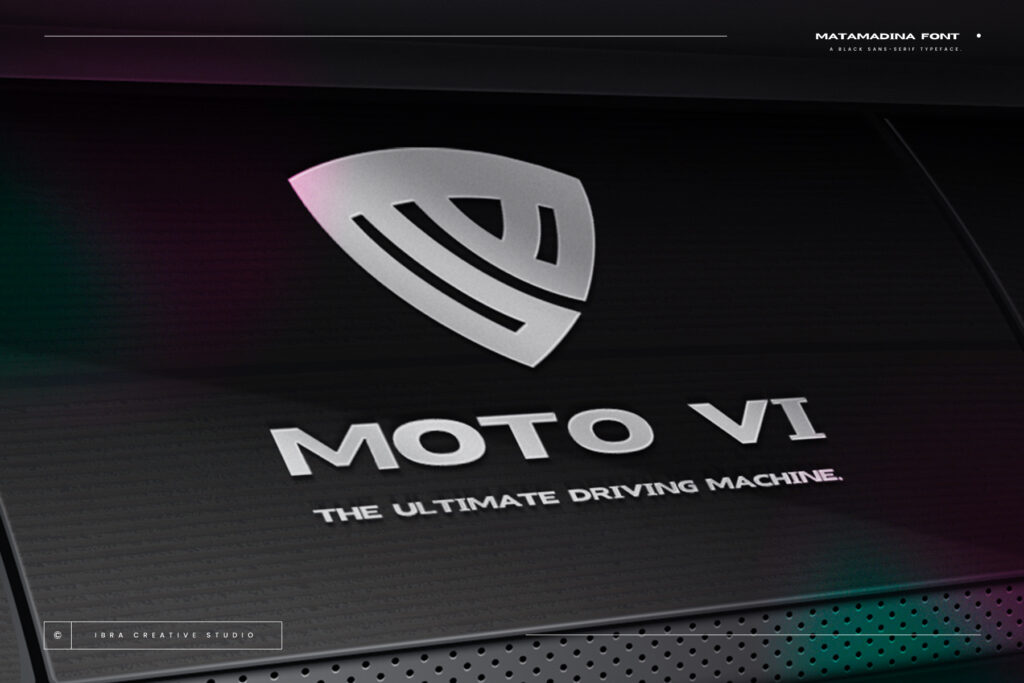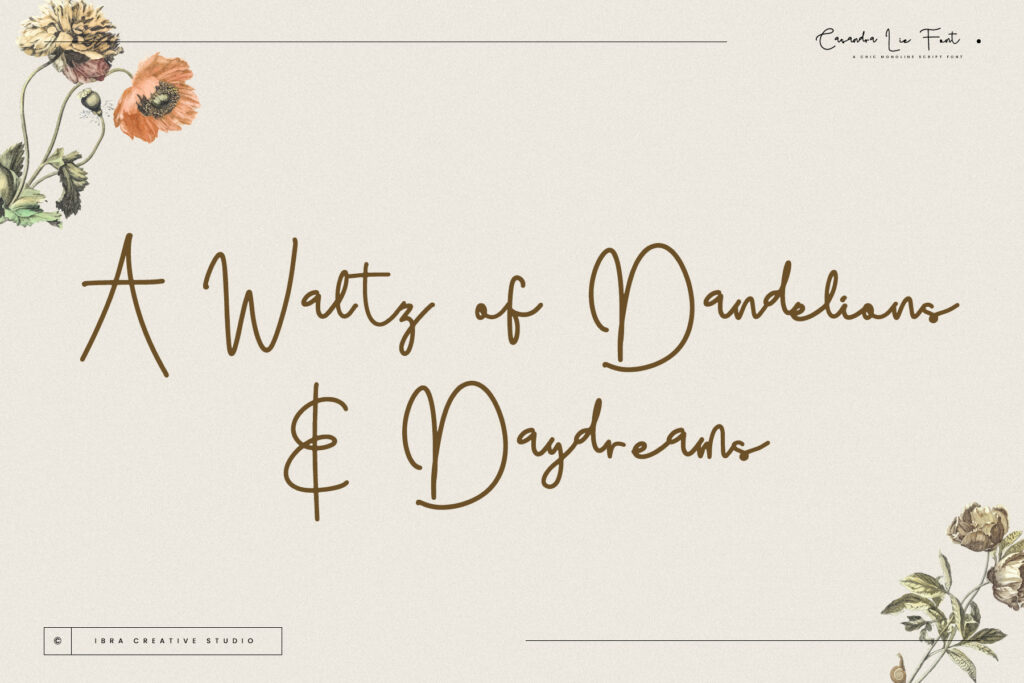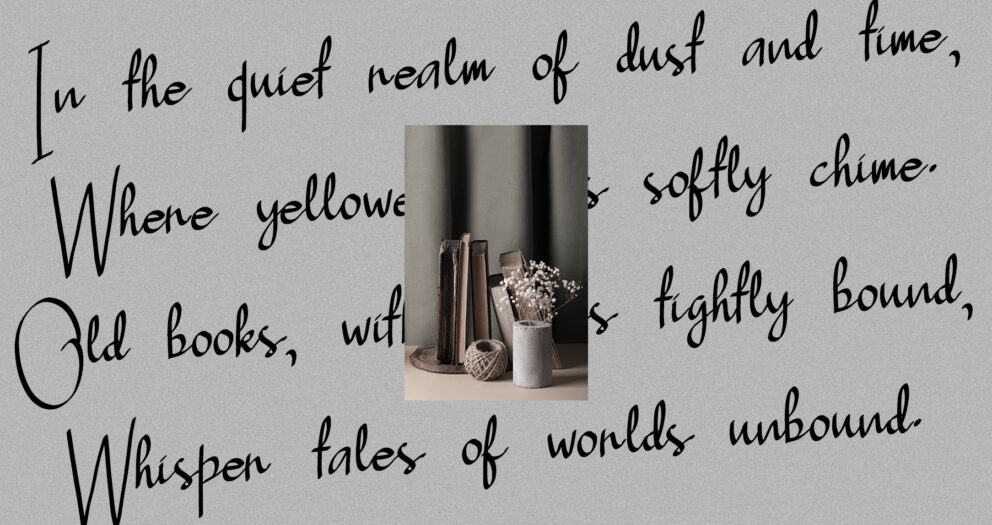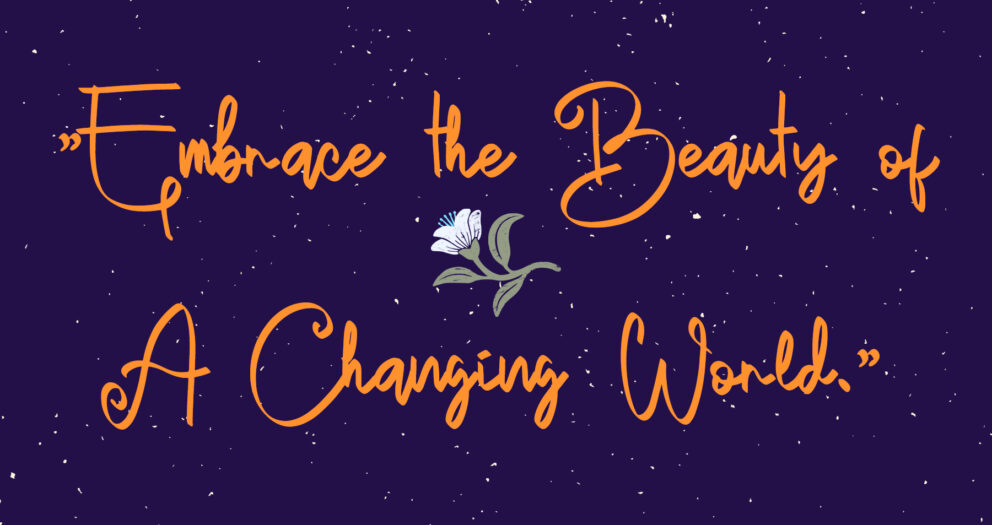Introduction
In the realms of entertainment and business, fonts are not mere letters on a screen or page; they are powerful storytellers, brand ambassadors, and emotional triggers. This article delves into how the choice of font influences audience perception and brand identity, providing a deep analysis of the psychological aspects and the importance of consistency in typography.
The Role of Fonts in the Entertainment Industry
Creating the Mood
In movies, TV shows, and music, fonts play a critical role in setting the mood. For example, the eerie, dripping font of the “Stranger Things” logo perfectly encapsulates the show’s mix of horror and nostalgia. This choice of font primes the audience for the experience, even before the first scene rolls.

Associating with Genres
Fonts in the entertainment industry often become synonymous with certain genres. The bold, blocky fonts in action movie posters, the elegant scripts in romance novel covers, and the quirky typefaces in comedy show titles are not random choices – they are psychological cues that help audiences instantly recognize the genre.

Font Power in Big Business
Brand Identity
In the business world, a font can be as critical to a brand’s identity as its logo or color scheme. Take, for example, IBM’s use of Helvetica. This clean, no-nonsense font aligns perfectly with IBM’s reputation for professionalism and reliability.

Consistency and Recognition
Maintaining a consistent font across all communications strengthens brand recognition. When consumers see the same font in advertisements, on websites, and on products, it reinforces brand awareness. It’s like seeing an old friend in a crowd – instantly recognizable and reassuringly familiar.
Psychological Aspects of Font Choice
Emotional Connection
Fonts have the power to evoke emotions. A study in the field of psychology and typography found that readers could experience a mood change when reading text in a certain font, illustrating how deeply connected our emotional responses are to typography.

Perception of Trustworthiness
Fonts also influence how we perceive the credibility of information. A 2012 study published in The New York Times demonstrated that readers were more likely to believe information presented in Baskerville font over other fonts, indicating the subtle yet significant impact of typeface on credibility.
Examples of Iconic Logotypes
Disney’s Whimsical Script
The Walt Disney Company’s logotype, with its whimsical, flowing script, instantly conjures images of magic, adventure, and childhood wonder. This font choice is integral to Disney’s brand, evoking nostalgia and a sense of wonder in audiences of all ages.

Coca-Cola’s Classic Cursive
Coca-Cola’s iconic cursive script is another prime example. This font has become so associated with the brand that it’s nearly impossible to see this style of lettering and not think of Coca-Cola. It exudes a classic, timeless feel, much like the brand itself.

Conclusion
Fonts are powerful tools in both the entertainment industry and the business world. They shape brand identity, set the mood for entertainment experiences, evoke emotional responses, and build trust with audiences. As businesses and creators continue to navigate the complex world of audience engagement, the choice of font will remain a crucial element in the quest to connect, persuade, and entertain. Remember, in a world full of words, the right font can speak volumes.
Explore More Fonts





